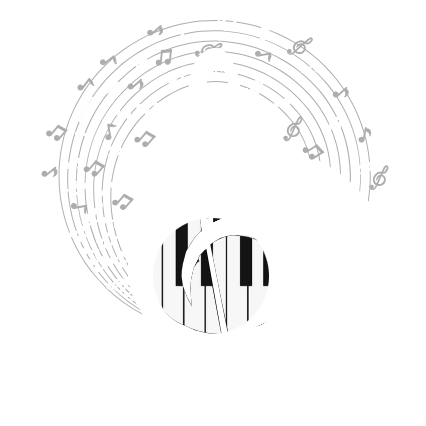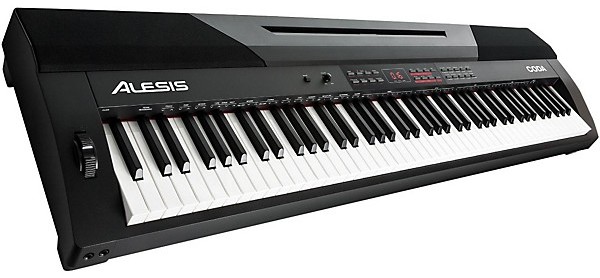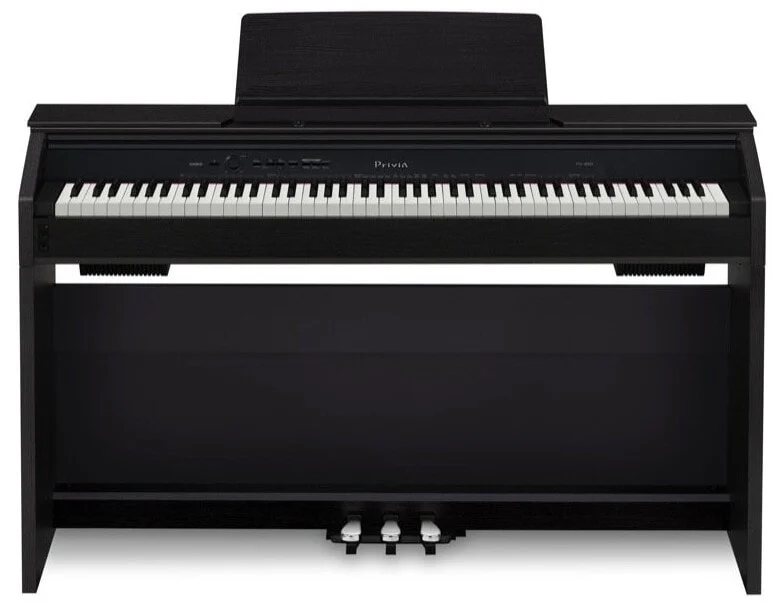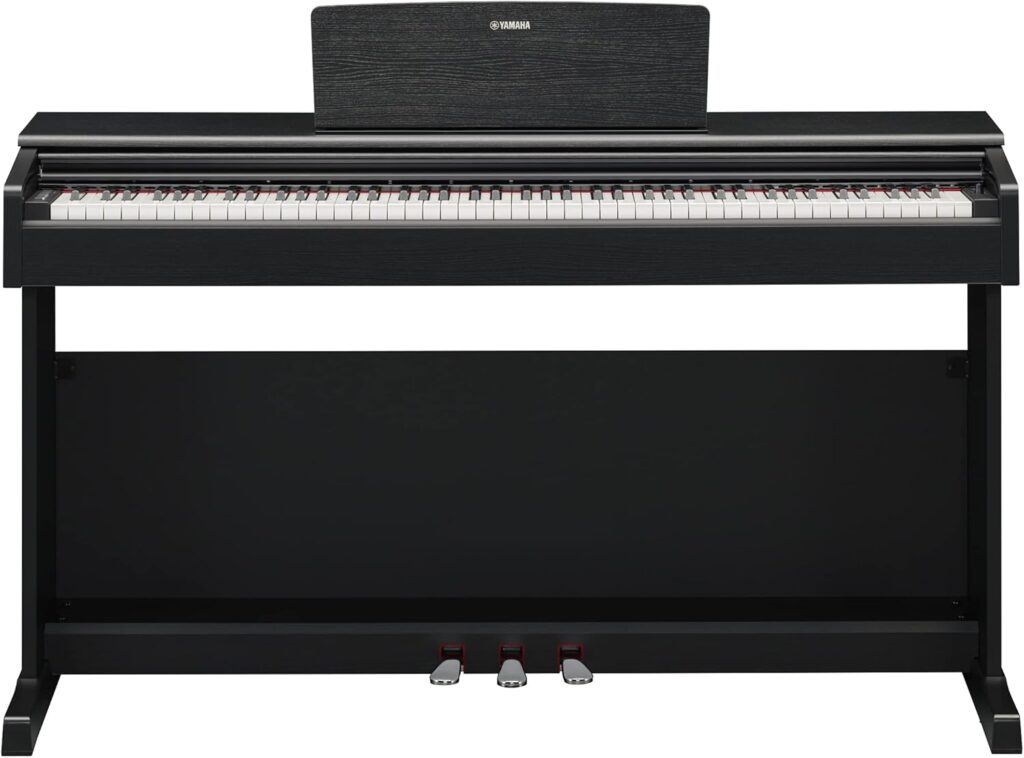Start by Understanding Your Child’s Age and Experience
Younger Kids Have Different Needs
Wondering what size piano is right for kids? You’re not alone. Choosing the right keyboard for your child can make a huge difference in their comfort, skill development, and enjoyment. Whether you’re shopping for a toddler or a 10-year-old ready for lessons, this guide will help you understand what size piano is right for kids at every stage—so they can start strong and stay motivated.
Older Kids Can Handle Full-Size Layouts
For kids 7 and up who are serious about learning, a full-size digital piano with 88 keys and weighted action can help them build proper technique from the beginning.
Choose the Right Key Count for Their Stage
32 to 49 Keys (Mini Keyboards)
Best for toddlers or early exposure. Great for basic exploration, but not ideal for formal lessons.
61 Keys
A popular choice for younger learners. It covers enough range to play simple songs and learn hand positioning, without being too large or intimidating.
76 Keys
This is a nice middle ground for growing kids who aren’t quite ready for 88 keys but want more room to explore.
88 Keys
Standard for real piano playing. Recommended for kids committed to lessons and long-term progress, especially around ages 8+.
Don’t Ignore Key Size and Weight
Smaller Hands Need Lighter Keys
Look for semi-weighted or lightly weighted keys if your child is just beginning. Heavy, fully weighted keys might feel frustrating at first for small fingers.
Consider Key Width Too
Some mini keyboards offer narrower keys made for small hands—but this can create bad habits later if they transition to standard-size instruments.
Portability and Storage Matter for Families
Where Will It Live?
If you don’t have a dedicated practice space, a lighter, foldable keyboard (61 or 76 keys) may be ideal. You can tuck it away when not in use.
Will They Practice Elsewhere?
If your child’s lessons are outside the home, a portable keyboard is easier to take along. Just be sure it has a good stand and case.
Think About Longevity and Growth
Will This Piano Grow With Them?
If your child seems excited and committed, investing in an 88-key digital piano with good key action may save you money later.
Can You Upgrade Later?
You can always start with a smaller keyboard and upgrade after a year or two once they’ve developed more skill and confidence.
Conclusion: Match the Piano to Their Hands, Skill, and Interest
The right size piano depends on your child’s age, commitment, and physical comfort. A 61-key model is a great starting point for most kids. For more advanced students or fast learners, 76 or 88 keys may offer more room to grow. Just remember: it’s not about perfection—it’s about encouraging them to play, practice, and fall in love with music.
FAQs
- Is 88 keys too much for a child beginner?
Not at all—if they’re comfortable and interested, an 88-key piano is a great investment. Just make sure the keys aren’t too heavy for small hands. - What’s the best piano size for a 5-year-old?
A 49- or 61-key keyboard with light keys is ideal. It’s approachable, affordable, and easy for a young child to explore. - Should kids start with weighted keys?
Not always. Semi-weighted or unweighted keys are easier for small fingers at first, but weighted keys are better for long-term skill building. - Can kids learn piano on a small keyboard?
Yes, they can start on a small keyboard. But as they advance, transitioning to a full-size, weighted-key instrument is recommended. - How soon should I upgrade to a full-size piano?
If your child practices regularly and shows interest, consider upgrading within the first 12–18 months of learning.



